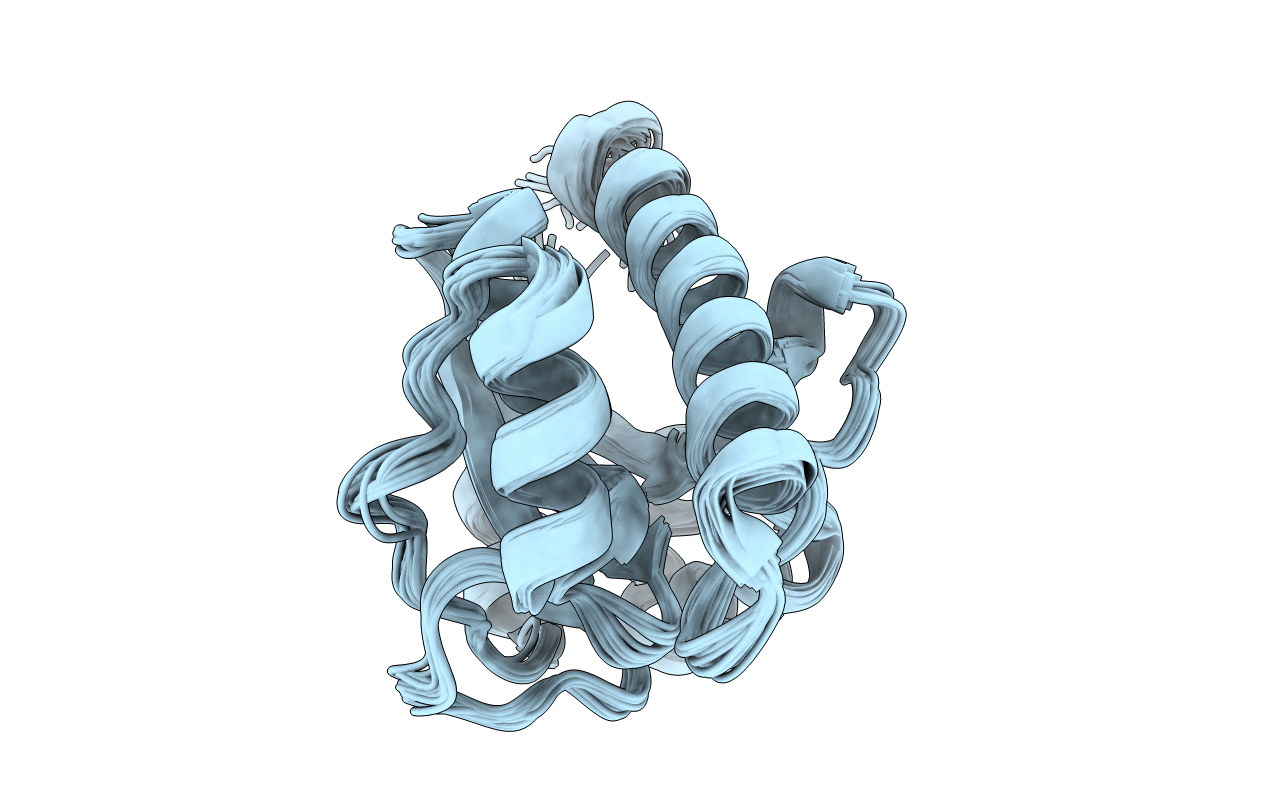
Deposition Date
2005-12-16
Release Date
2006-05-09
Last Version Date
2024-05-29
Entry Detail
Biological Source:
Source Organism:
Escherichia coli K12 (Taxon ID: 83333)
Host Organism:
Method Details:
Experimental Method:
Conformers Calculated:
100
Conformers Submitted:
20
Selection Criteria:
structures with lowest energy


